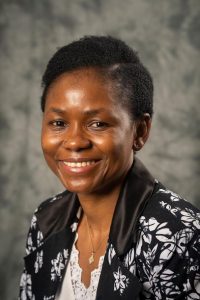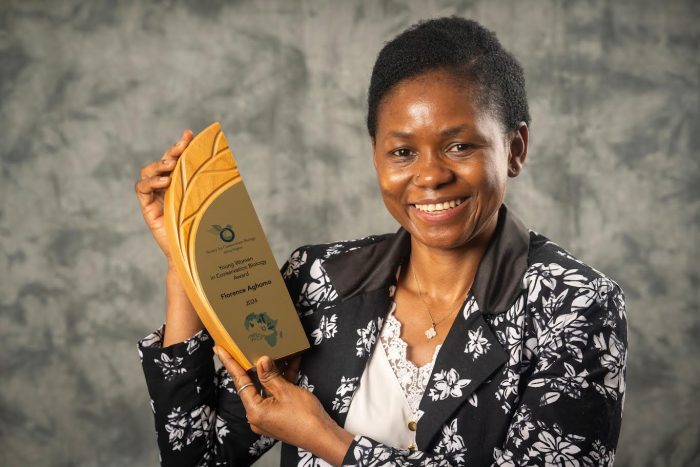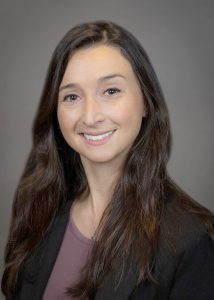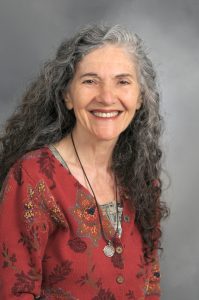Stony Brook University has announced that doctoral student Florence Aghomo won the Young Women in Conservation Biology (YWCB) Award from the Society for Conservation Biology (SCB) Africa Region. Aghomo is a doctoral student in the Interdepartmental Doctoral Program in Anthropological Sciences (IDPAS) and a member of the Institute for the Conservation of Tropical Environments (ICTE) under the supervision of State University of New York (SUNY) and Stony Brook Distinguished Service Professor Patricia C. Wright.
This annual award presented to a woman aims to recognize and applaud contributions to conservation. Aghomo was selected for her:
- evidence of leadership, creativity, self-motivation, and enthusiasm in the execution of conservation work;
- evidence of service to conservation biology; and
- ability to work with others across gender, social class, and ethnicity to achieve concrete conservation outcomes.

Since June 2019, Florence is the coordinator of the Red Colobus Conservation Network project under the Primates Specialist Group of the Species Survival Commission of the International Union for the Conservation of Nature (IUCN/SSC/PSG), Re:wild and the African Primatological Society (APS). Under this project, she is technically and administratively coordinating the implementation of the Red colobus Conservation Action Plan (ReCAP) and an international network (more than 300 primatologists). She is responsible for sourcing collaboration with conservation partners and organizations, fundraising and reviewing members’ proposals. She is also responsible for hosting, organizing, and steering meetings with international partners and members, sustaining digital platforms, monitoring and evaluating achievements, and supporting youth professional growth through training and mentorships.
Before this position, Aghomo’s research/work involved studying the behavior and ecology of endangered Red colobus monkey as well as establishing practices to ensure their protection and safety in the Korup National Park in Cameroon. Her work takes her into dense forests where these monkeys live and she explores the canopies of trees looking for these large primates.
“They [Red colobus monkeys] are so special because they are very beautiful, unique, and perfect indicators of ecosystem health or habitat change since they are usually the first group of primates to leave a habitat when any disturbances or degradation occur,” said Aghomo. “Moreover, their diversity reflects the various bioregions of the African forested areas at large.”
Passionate for primate well-being and conservation, in 2020, Aghomo facilitated the creation and legalization of the Cameroon Primatological Society (CPS) and organized the 1st and the 2nd General Assemblies with the support of Re:wild. In Madagascar, she created a Language and Environmental Center in Ranomafana under her foundation “Flor’Afrique” to support education and conservation in this part of the world, which is home to a high biodiversity (Biodiversity hotspot) and the world’s second leader in primate diversity.
“Florence is a conservation hero, who has already made an incredible difference in saving wildlife in Africa,” said Professor Wright. “I am pleased to see her apply her skills to Madagascar and to graduate school here at Stony Brook. We are looking forward to sharing in her future accomplishments. She is a winner!”
The YWCB Working Group was established in 2005 by the Africa Region of the SCB, based on the need to fill the gap created by the limited numbers of women professionals in the field of conservation science in Africa. It was further mandated to act as a platform for early career African conservation biologists to share experiences (albeit with a major emphasis on women), generating incentives and mentorship opportunities to strengthen female conservation biologists in their careers.
Aghomo currently resides in Stony Brook while studying at Stony Brook University.
























































